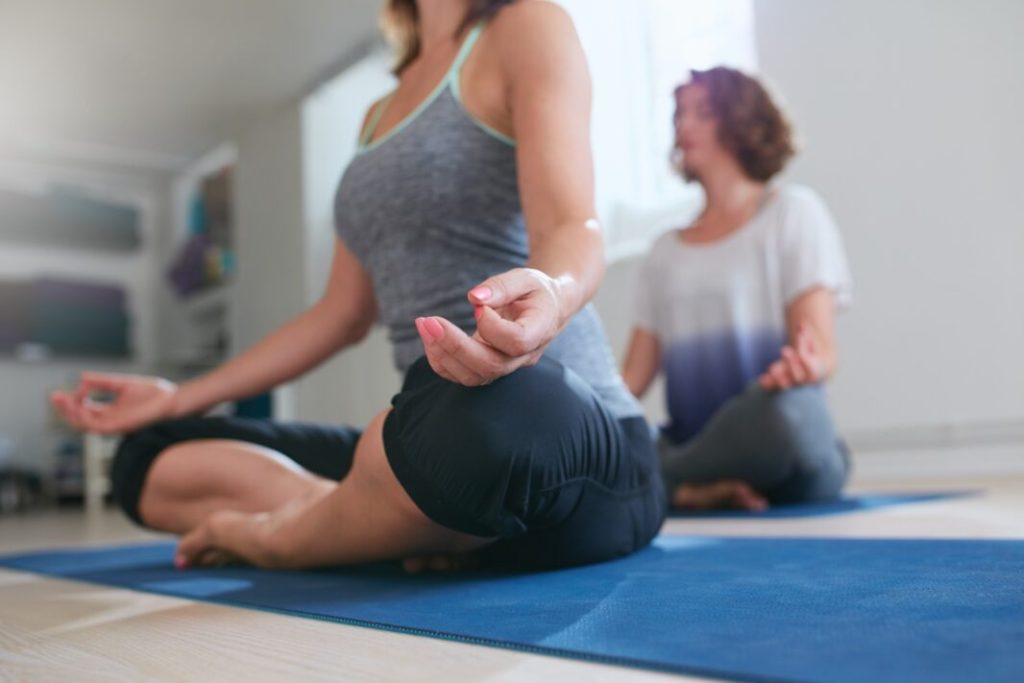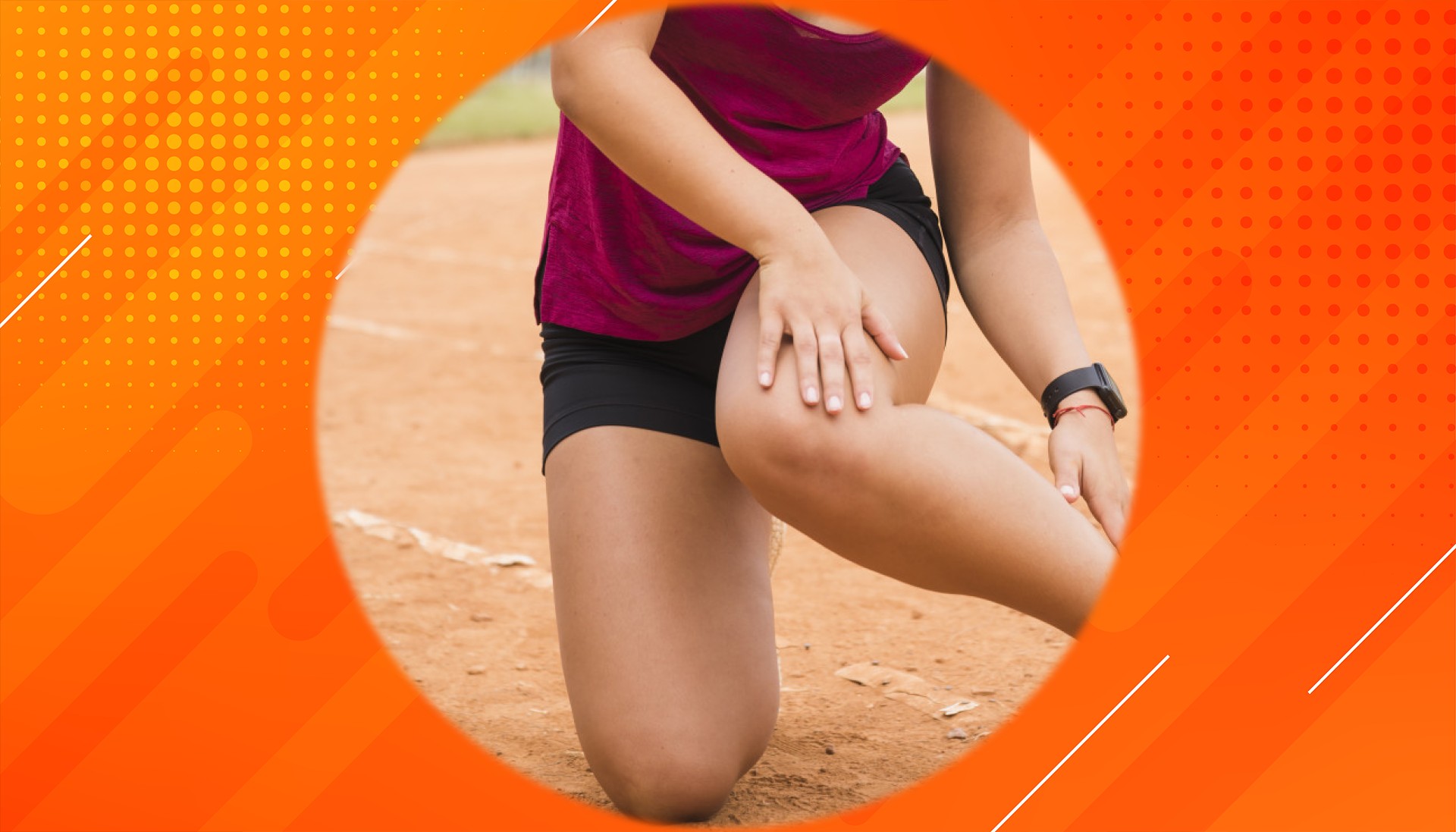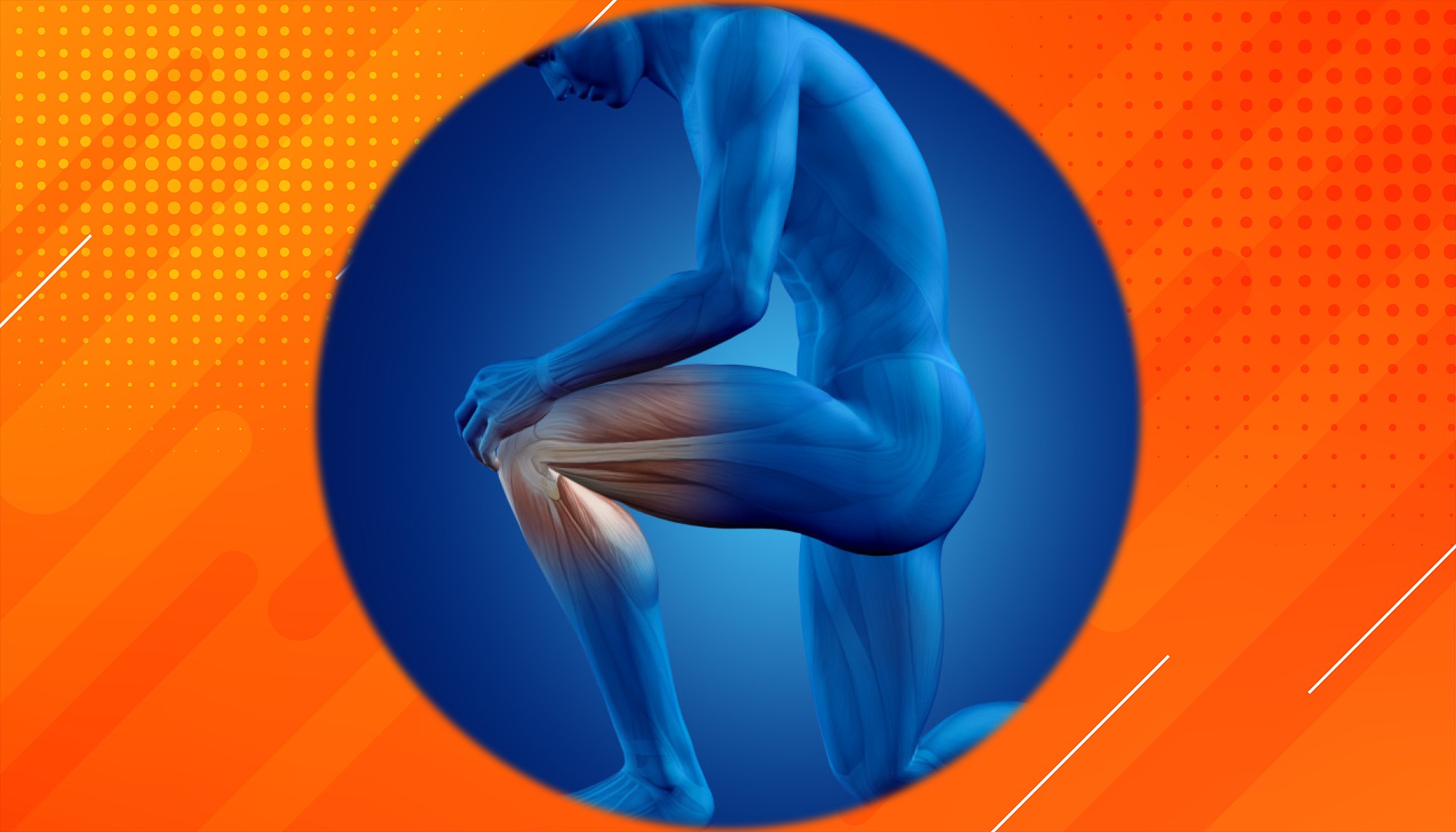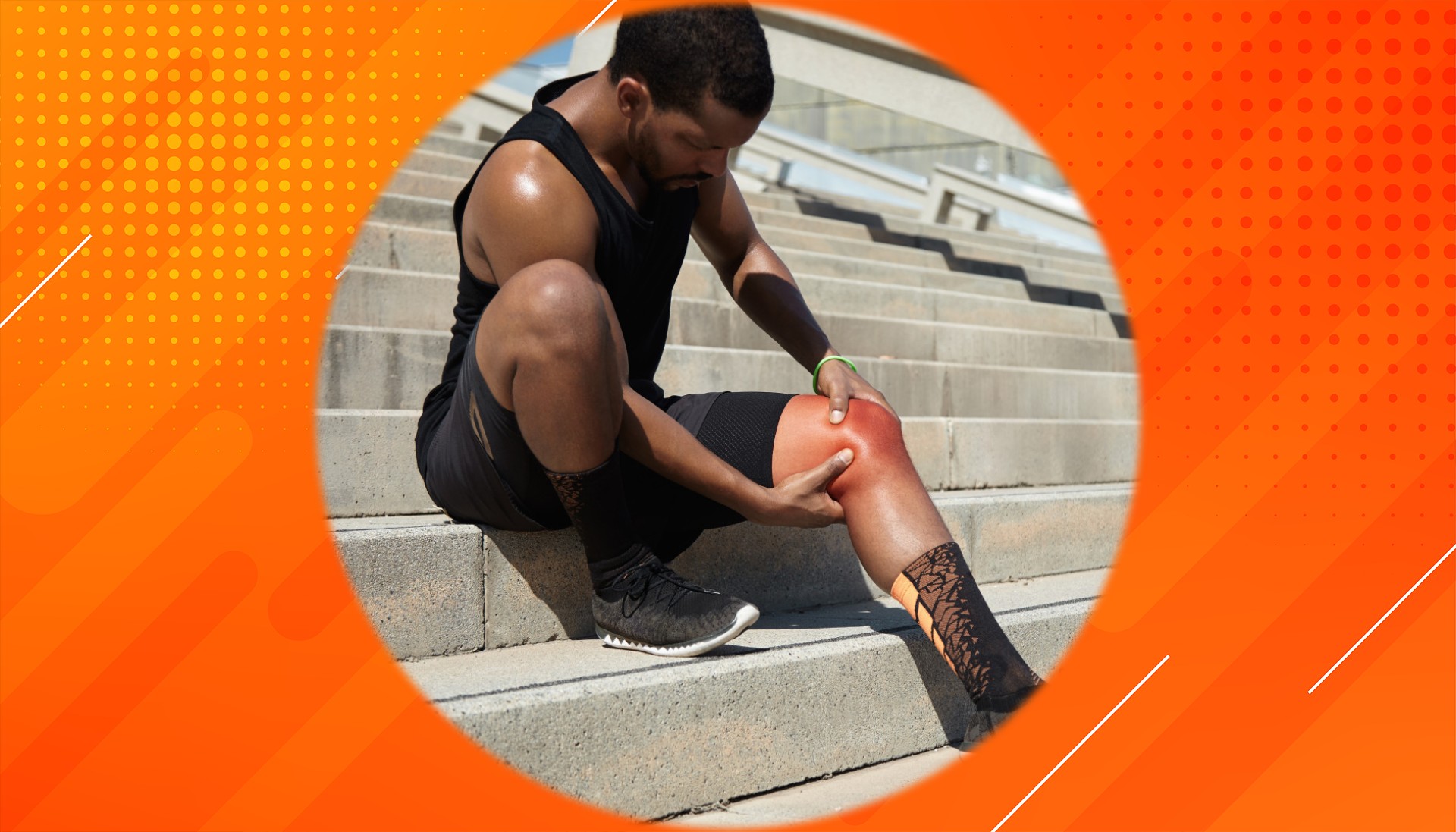Introduction
Bilateral knee osteoarthritis is a common condition where the cartilage—the smooth, protective tissue at the ends of bones—in both knees gradually wears away. This causes pain, stiffness, and makes movement difficult. When both knees are affected, simple tasks like standing and walking become much more challenging, and the risk of falling increases significantly.
In this article, we’ll explore why people with bilateral knee osteoarthritis often struggle with balance. By understanding the biomechanical changes that occur in this condition, we can see how they impact movement and stability. This insight is crucial for finding better ways to reduce pain, improve mobility, and restore confidence in everyday activities.
What Is Bilateral Knee Osteoarthritis?
Bilateral knee osteoarthritis occurs when both knees undergo the slow breakdown of cartilage. Think of cartilage like the padding on a chair—when it’s worn thin, the bones underneath start to rub together, leading to pain and stiffness.
When both knees are affected, the body has to adapt, which often leads to bigger movement challenges than when only one knee is involved. Changes in the way the knees align and move can put extra stress on the joints, speeding up wear and making balance more difficult.
People with this condition often have weaker leg muscles and less stable joints. For instance, studies that measure how joints absorb shock—a factor called damping ratio—have found that those with bilateral knee osteoarthritis don’t handle impact as well when they move. As a result, symptoms like pain, swelling, and stiffness make it harder to get around safely.
Knee osteoarthritis is a widespread problem, especially among older adults. Recent research in certain populations has found that up to three-quarters of older adults are affected, highlighting why this issue deserves more attention.
How Biomechanical Changes Affect Balance
Balance difficulties in bilateral knee osteoarthritis mostly arise from the way the knees and surrounding muscles start working differently.
Muscle weakness is a key factor, especially in the muscles that help straighten your knees—the knee extensors. When these muscles aren’t strong enough, they can’t support your body weight well, making standing and walking less stable.
Another major issue is proprioception—your body’s ability to sense where your joints are and how they are moving. In people with bilateral knee osteoarthritis, this sense often becomes less accurate. When your “internal GPS” isn’t reliable, it’s much easier to lose your balance or take a wrong step.
Because pain makes movement harder, many people start to take smaller steps or walk more slowly. While these changes may seem safer, they can actually affect balance in unexpected ways and may increase the risk of falling.
When faced with sudden challenges—like an unexpected shove or a slippery floor—people with bilateral knee osteoarthritis often struggle to react quickly or effectively, which puts them at higher risk for falls.
Sometimes the body tries to “shield” the more painful knee by putting extra weight on the other side. Over time, this compensation can cause more wear and increase instability in both knees. Swelling and stiffness only add to the difficulty of staying steady.
As people age—especially women—the chances of having both knee and hand osteoarthritis increase. This trend further explains why balance and joint stability often get worse later in life.
What This Means for Treatment and Recovery
Balance problems caused by bilateral knee osteoarthritis are more than an everyday annoyance—they can limit independence and greatly increase the risk of falls.
Physical therapy is often the cornerstone of treatment. By focusing on strengthening the muscles around the knees—especially the quadriceps and hamstrings—therapy helps build better support for the joints and improves stability. Therapists also provide exercises to retrain and sharpen proprioception, making it easier to stay balanced.
Maintaining a healthy weight is also important, as extra pounds put more strain on already weakened knees and can worsen symptoms.
For many people, consistent physical therapy and lifestyle changes are enough to reduce pain and improve movement. But if the cartilage damage is severe and daily life is significantly affected, surgical options like knee replacement may be considered.
Exciting new treatments are also being explored. Virtual reality programs, for example, offer safe ways to practice balance, while electrical stimulation can enhance muscle strength. These innovations may become important tools for helping people regain confidence and mobility.
The most effective recovery plans are tailored to each individual, combining a careful assessment of how you move with targeted exercises and therapies. This personalized approach offers the best chance of reducing pain, improving balance, and staying active.
Conclusion
Bilateral knee osteoarthritis presents a unique set of challenges that make balance and movement more difficult. Joint damage, muscle weakness, and reduced body awareness all add up to a higher risk of losing balance. But with the right mix of strengthening, balance training, and weight management, it is possible to reduce fall risk and regain a more active, independent life.
Ongoing research continues to reveal more about the mechanics of knee osteoarthritis and how to treat it effectively. By understanding why balance problems happen, patients and healthcare providers can work together toward solutions that improve safety, comfort, and overall quality of life.
References
Magnusson, K., Kumm, J., Turkiewicz, A., & Englund, M. (2018). Early knee osteoarthritis or healthy ageing? Abstract presented at the Annual European Congress of Rheumatology.




